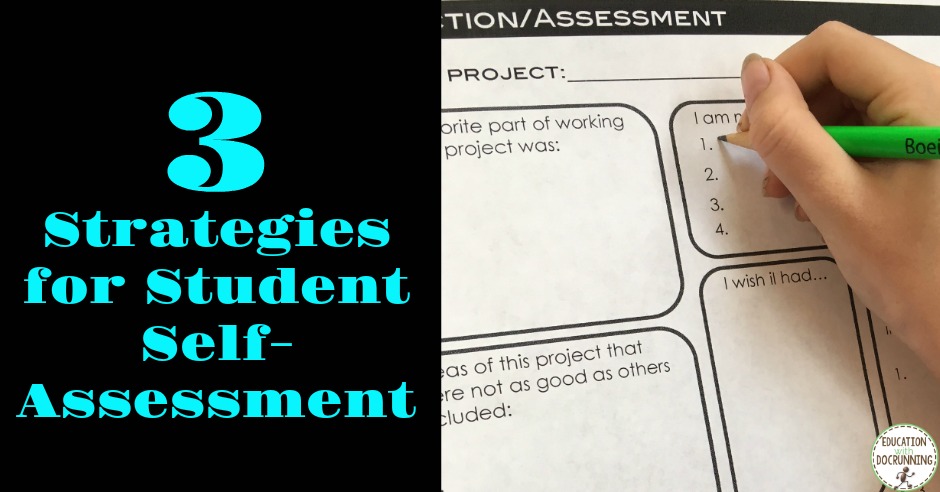Self-evaluation within student-centric learning is a facet that tends to be overlooked. While we emphasize peer evaluations and teacher reviews, students can be the most accurate judges of their own work. Teaching students to be proactive in critiquing their own performance is pivotal in fostering independent learners.
Consider these three impactful tactics we incorporate in our classroom:
- Student-crafted Evaluation Criteria: As we embark on a new project, I guide students to collaborate in groups and mold a rubric. They begin with a general one adaptable to any subject, and then hone it to suit the specific criteria of the ongoing project. Surprisingly, many times, the standards they set for quality work surpasses even my expectations. When students have a hand in constructing the rubric, they are clear about their targets. Post-completion of the project, I prompt them to evaluate their own efforts, analyze areas of potential improvement, and devise enhancement strategies for subsequent tasks. This is instrumental. Students start taking responsibility for their shortcomings, realizing that they either procrastinated, didn’t seek assistance, hastily completed the task, or simply failed to strategize. Their pitfalls generally stem from a flawed approach rather than a skill deficit.
- Contemporary and Prospective Reflection: Another self-evaluation task involves students penning down their learnings and hurdles they faced. On occasion, these letters are addressed to the subsequent batch of students. With the student’s consent, I share these letters (anonymously) with the new batch, enabling them to foresee potential challenges and how to tackle them.
- Student-driven Discussions: Traditional parent-teacher meetings have transformed into tripartite discussions with students spearheading them. They prepare a concise portfolio encompassing both their best work and areas where they struggled. During the discussion, students articulate their work, challenges they overcame, and areas that warrant enhancement. In this dialogue, students set forth their future aspirations, inviting their parents and me to bolster their pursuit. Together, we chalk out tangible ways to offer assistance and ink a mutual agreement. This process reassures students that they are in charge of their educational journey, while simultaneously having a robust support structure.
As an added resource, here’s a FREE graphic organizer to help students initiate their self-evaluation journey.
The upsides of student-led evaluations are profound. The transformation I witness in my students is the testament. They begin to recognize their intrinsic link with academia. One student penned, “Previously, I loathed school because I was underperforming and clueless about the reasons. Now, I’ve grasped the reins, making necessary adjustments. I now count myself among the achievers, and that feels good.”

